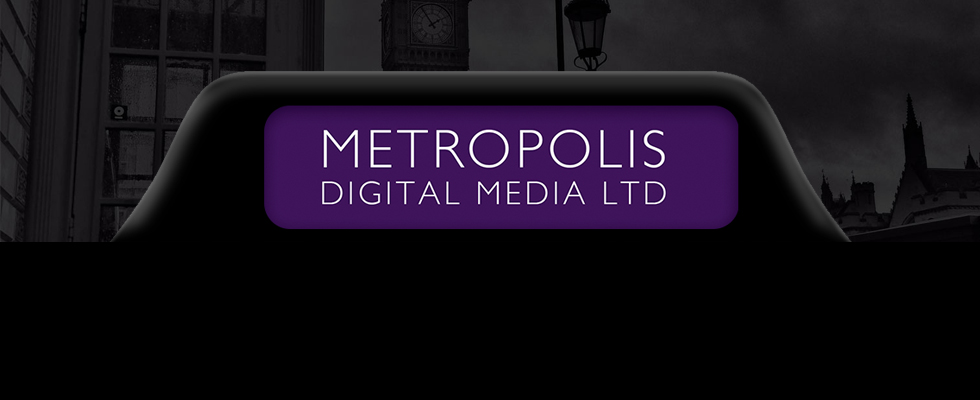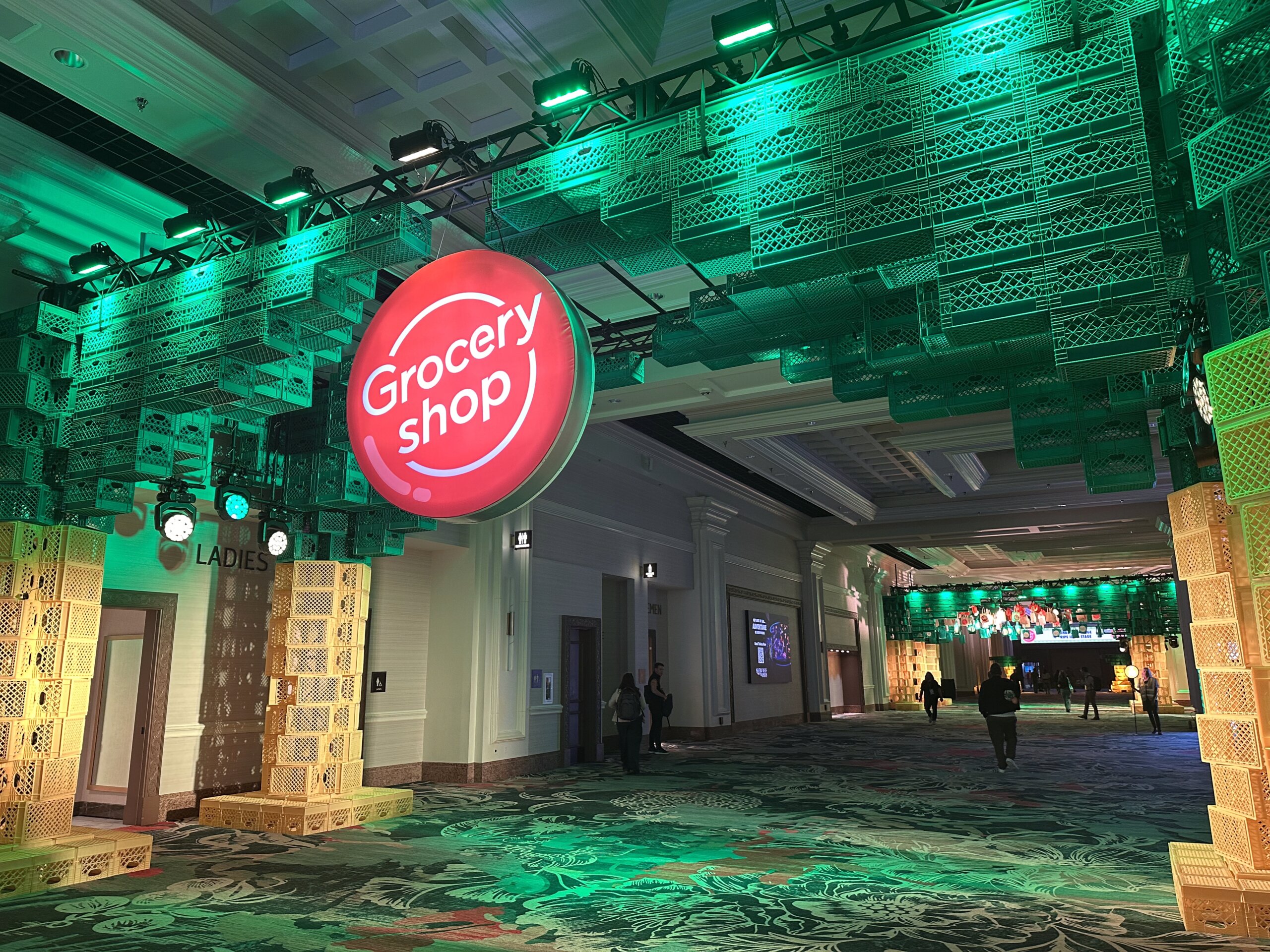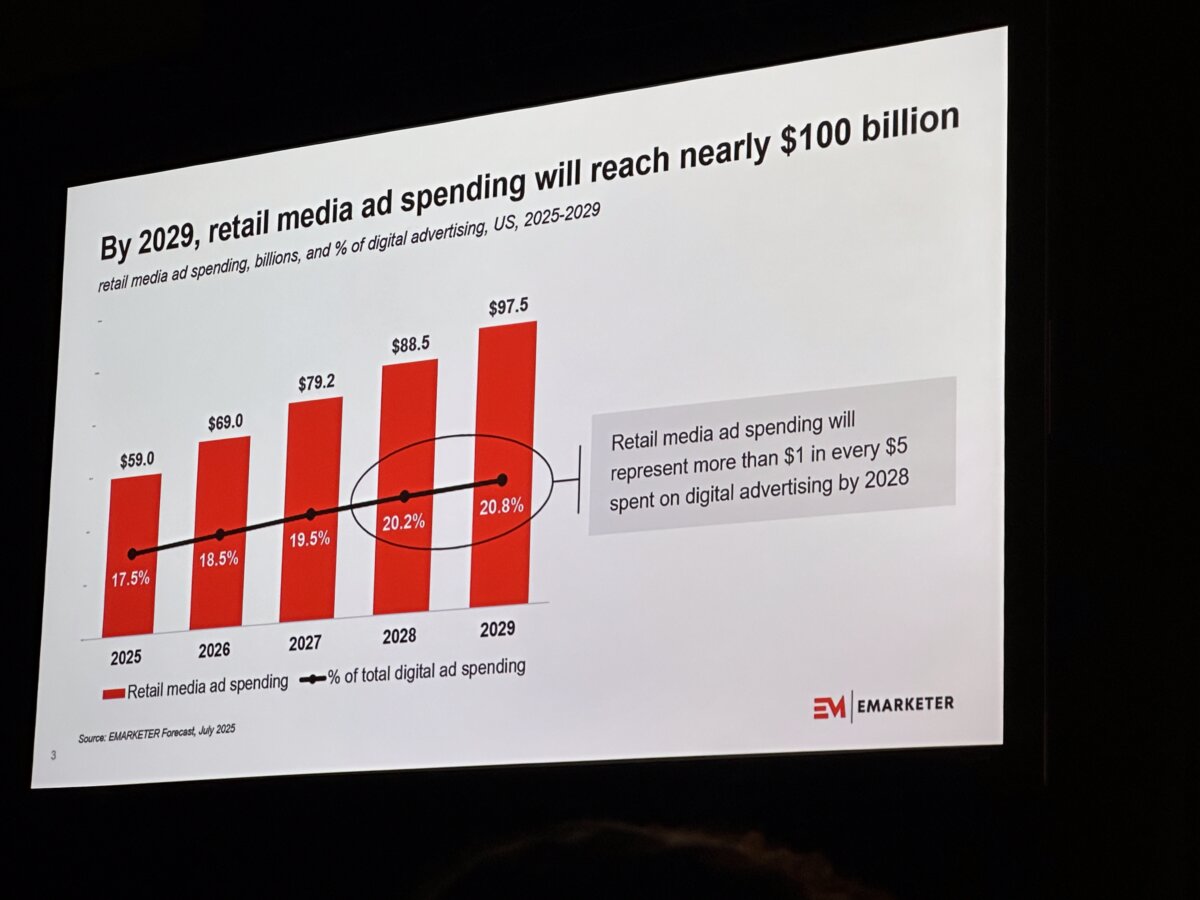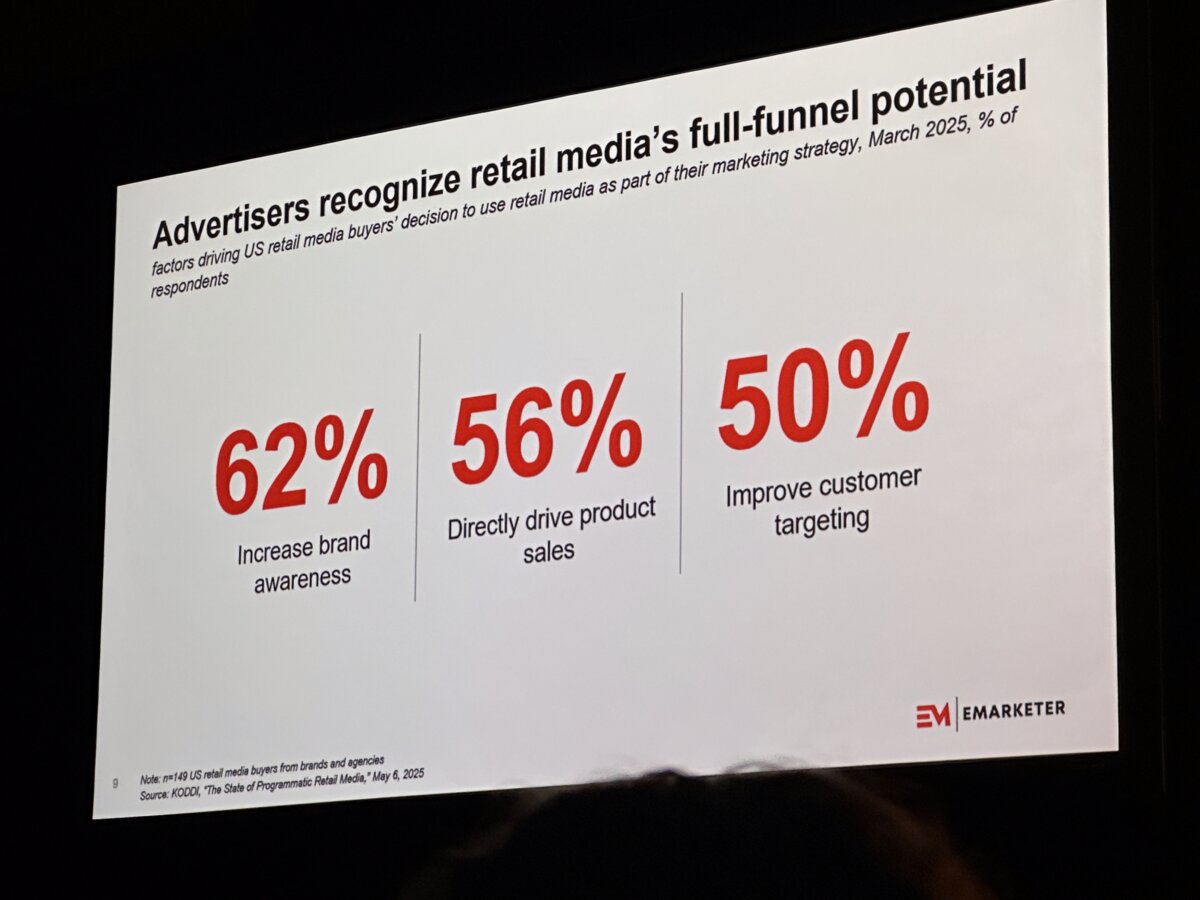| October 11, 2021
Metropolis Digital Media Ltd Selects Broadsign International, LLC for Taxi Rooftop Digital Signage
500 screens will be deployed on taxi tops across London beginning in January 2015.
London, England. December 4, 2014. Digital out-of-home media owner, manufacturer and service supplier of vehicular-based digital advertising solutions, Metropolis Digital Media Ltd, will be using Broadsign International, LLC’s cloud-based software platform to power screens atop the iconic London taxis.
Designed to fit the proportions of the classic black cab roof, 500 screens will be deployed on licensed taxis across London in 2015 – a number that will double within the first year and continue to increase as the company enters global markets.
The Evolution 2 TXi Media Pod is composed of two 93 x 21.4 cm HD LCD panels providing a resolution of 1920 x 440 pixels and a brightness of up to 2,000 nits. Six slots of 10 seconds each comprise a 60-second loop, each ad reaching 3.36 million people in a four-week period.
“We manufacture our product and sell our own network, allowing us to respond quickly to special requirements and offer optimal value to our clients,” said Danny Faughnan, Founder and CEO at Metropolis Digital Media. “Broadsign is the digital out-of-home market leader in scheduling and reporting and was an obvious choice for us, as its platform complements our solution perfectly.”
When running a campaign through MDM, Broadsign’s features allow advertisers to take advantage of combinations of dayparting, geotargeting and flexible packages including category exclusivity. Dynamically reaching viewers in locations such as financial hubs, shopping centers and London’s theatre district, MDM empowers brands to inform, entertain and engage with the right audience, alone or integrated with other media channels.
“The United Kingdom is notable in that the segment of Broadsign’s network in the region greatly contributes to setting the stage for trends in the global digital signage market,” said Skip Beloff, Vice President of Sales at Broadsign. “The addition of Metropolis Digital Media strengthens this reality and Broadsign is pleased to act as a key element in its value-added turnkey proposition.”
The moving digital taxi top offering is viewed as a new, powerful medium that assists creative agencies and clients wanting exposure to attractive central London consumers. As MDM rolls out its network, the company will work closely with out-of-home agencies like Posterscope, Kinetic, Talon, Open Outdoor and Rapport, as well as directly with key clients.
To learn more about Broadsign’s digital signage software, sign up for a free trial of the platform.
About Broadsign
Broadsign International, LLC is the first global provider of cloud-based software for digital signage networks. Its platform was designed exclusively as a management system for media companies operating digital out-of-home and digital place-based media networks, giving them an unlimited capacity for growth without adding personnel. After over a decade in the industry, Broadsign’s latest incarnation, Broadsign X, has become a mature and reliable fit for all digital signage software needs and its Android-based smart player, Broadsign Xpress, has decreased the cost of deploying digital signage compared to PC-based hardware alternatives.
Broadsign’s constant growth, extensive network and dedication to predicting and responding to industry trends make its digital signage solutions a safe bet for the future of networks with even the most complex of requirements. For more information about Broadsign, visit https://broadsign.com.
About Metropolis Digital Media
Metropolis Digital Media are the pioneers of digital roof top taxi advertising, offering a unique blend of Digital Out Of Home (DOOH) advertising media. As the media owner, manufacturer, developer and service supplier of digital advertising solutions, Metropolis Digital Media specializes in the taxi market in the UK, Europe and worldwide.
Launched by the Founder and CEO Danny Faughnan in 2010, the company’s leading signature product, the TXi-Media Pod™, presents a disruptive proposition in digital advertising, by allowing location-specific, relevant advertising and day-part scheduling supported by detailed advertising data.



